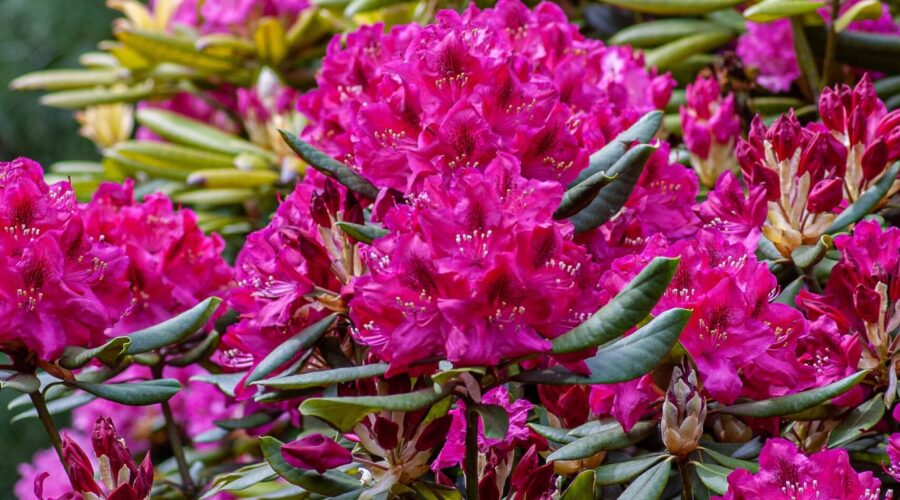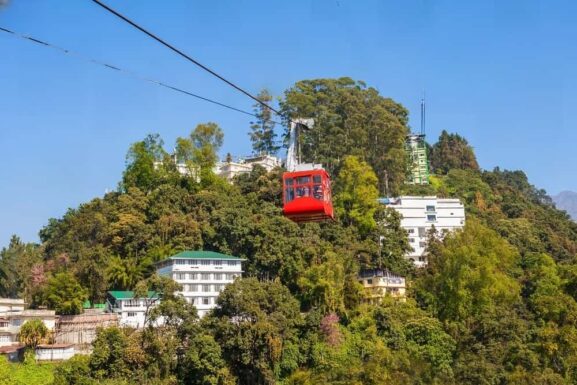Sikkim
Sikkim
Welcome to Sikkim, a state located in the eastern Himalayas, in the northeastern part of India.
Despite being one of the smallest states in the country, Sikkim holds great political and strategic importance for India due to its location along several international boundaries.
It is bordered by the Tibet Autonomous Region of China to the north and northeast, Bhutan to the southeast, the Indian state of West Bengal to the south, and Nepal to the west. The state capital, Gangtok, is located in the southeastern part of Sikkim.
Sikkim with an area of 7096 square kilometers, comprising four districts and 16 sub-divisions. With a lush and verdant forest cover spanning an incredible 47.34%, this is truly a nature lover’s paradise.
The state animal here is the adorable Red Panda, while the majestic Blood Pheasant takes pride of place as the state bird. The state flower, Dendrobium Nobile (Nobile Orchid), is a stunningly beautiful sight to behold, while the Rhododendron Niveum is the state tree.
With a population of 6,10,577, the region has a population density of 86 persons per square kilometer. And when it comes to education, the literacy rate is a commendable 81.4%.
Sikkim is renowned for its biodiversity, which is due to its alpine and subtropical climates. The state is home to Kangchenjunga, the highest peak in India and the third-highest peak in the world. The Khangchendzonga National Park covers almost 35% of the state, making it a significant tourist attraction.
The people of Sikkim consist of three ethnic groups: Lepcha, Bhutia, and Nepali. The state’s diverse cultural heritage is evident in its various places of worship, festivals, and cultural dances that are celebrated throughout the year. Sikkim has a blend of different communities, including Hindus, Buddhists, Christians, Muslims, and Sikhs, who coexist peacefully in the state.
The official languages of Sikkim are English, Nepali, Sikkimese (Bhutia), and Lepcha. Additionally, Gurung, Limbu, Magar, Mukhia, Newari, Rai, Sherpa, and Tamang are recognized as official languages for the preservation of culture and tradition in the state. Nepali is the lingua franca of Sikkim, while Sikkimese (Bhutia) and Lepcha are spoken in certain areas.
Sikkim is divided into four districts: East Sikkim, North Sikkim, South Sikkim, and West Sikkim, each with its own unique features.
The East district, which includes the capital city, is the most populated and the center of all business hubs.
The North district offers breathtaking alpine scenery, including the Valley of Flowers, and is home to hot springs and vibrant Sikkimese tribal culture and customs.
West Sikkim is known for its historical and religious significance, with the first Chogyal of Sikkim consecrated at Yuksum in 1642 and several important monasteries established in the area. The district also has beautiful terrain, including lakes, waterfalls, and trekking routes.
In conclusion, Sikkim is a small state with a rich cultural heritage and diverse natural beauty, making it a must-visit destination for anyone traveling to India.







